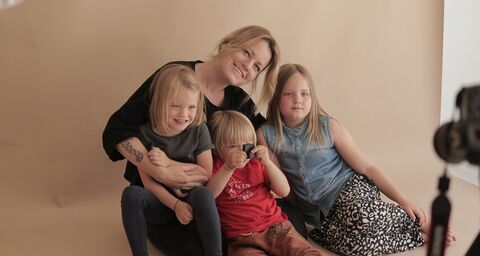
-
 Pension
PensionDivorce in Switzerland: A guide
-
 Pension
PensionGuide: The top savings tips for families
-
 Pension
PensionRetirement provision tips for women
-
 Pension
PensionHow well is my family protected?
-
 Pension
PensionThe right insurance for you and your family
-
 Pension
PensionHow much does it cost to raise a child in Switzerland?
-
 Pension
PensionYes I do – or do I?
-
 Pension
PensionAre you a well insured mompreneur?
-
 Pension
PensionCohabitation and pensions: what you need to know
